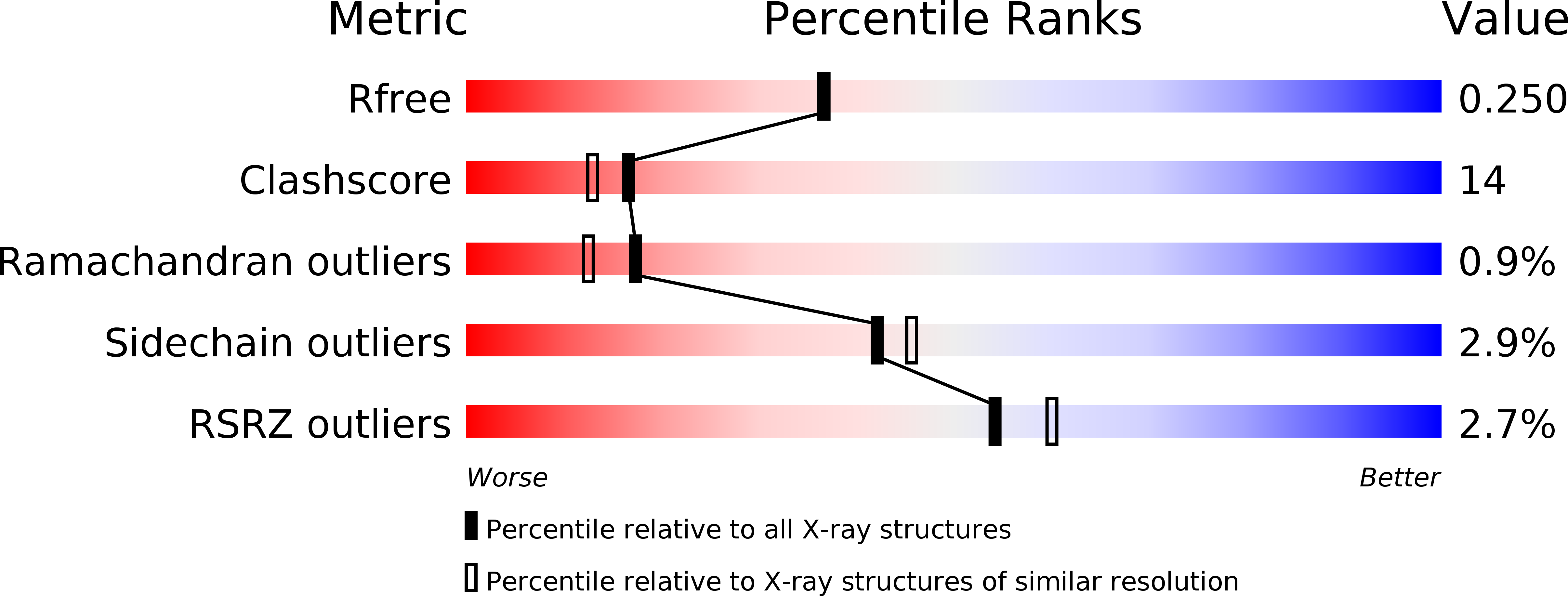
Deposition Date
2005-02-09
Release Date
2006-02-21
Last Version Date
2024-03-13
Entry Detail
PDB ID:
1WY9
Keywords:
Title:
Crystal structure of microglia-specific protein, Iba1
Biological Source:
Source Organism:
Mus musculus (Taxon ID: 10090)
Host Organism:
Method Details:
Experimental Method:
Resolution:
2.10 Å
R-Value Free:
0.25
R-Value Work:
0.21
R-Value Observed:
0.21
Space Group:
P 32 2 1


